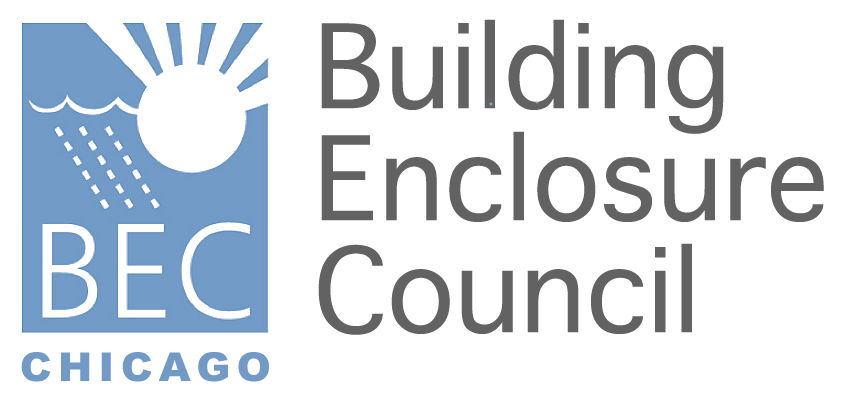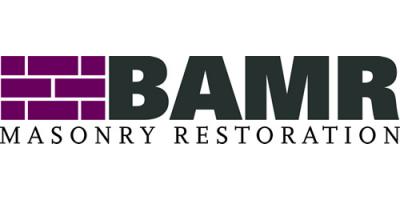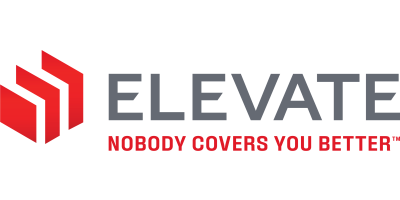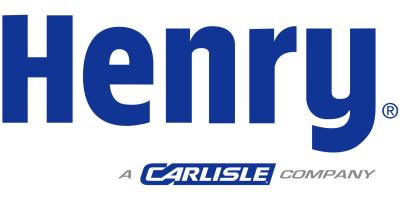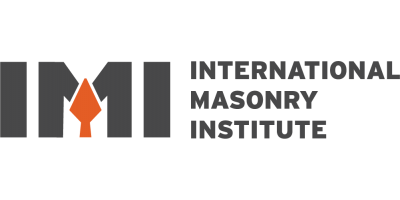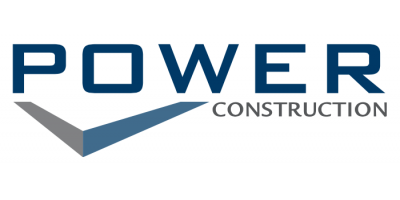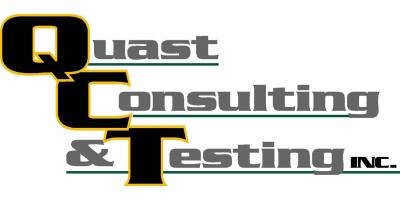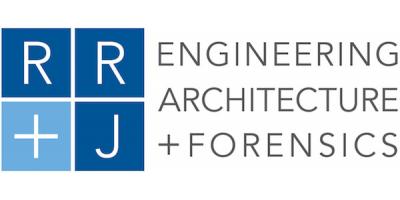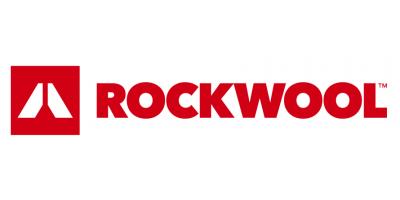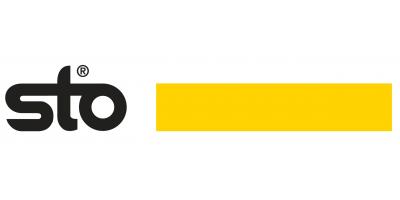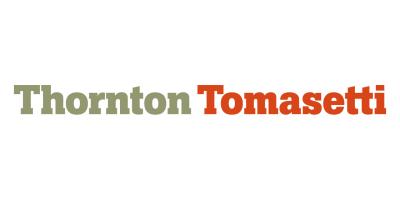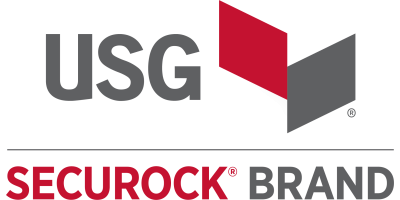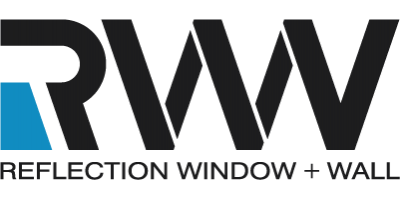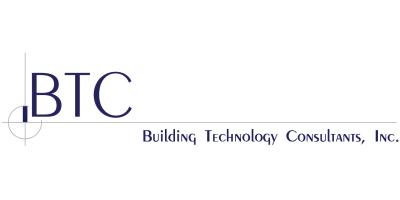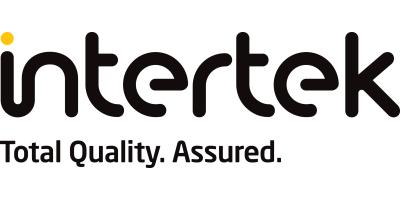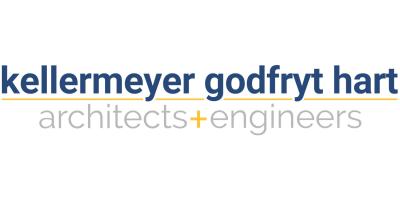| Location | Gensler's Office, 11 East Madison, Suite 300, Chicago |
Presentation Outline: We live in a dynamic environment, but until now our building envelopes have been static in nature – unable to effectively control the flow of the sun’s light and heat into buildings from hour to hour and from season to season. Electronically tintable glass provides the means to develop a dynamic façade with variable visible light transmission and solar heat gain coefficient, which saves cooling and lighting energy, and solves problems of excessive solar heat gain, glare, fading and the need for unsightly blinds. In fact, the U.S. Department of Energy (DOE) states that their goal of a zero energy building in 2030 cannot be achieved without the use of dynamic glazing. Electronically tintable glass is now commercially available and is being actively specified and installed in building envelopes. This session will briefly review dynamic electrochromic glass performance characteristics and the benefits to glazing contractors. The presentation will then focus on a number of diverse case studies to demonstrate the application of electrochromic glass in different building types and glazing applications to achieve different objectives such as glare control, heat control, daylighting, occupant comfort and to facilitate sustainable design. A discussion of installation will also be included. Presenter Bio At SAGE, Andrew Hulse is responsible for the company’s field operations as well as the customer care function. Before joining SAGE, Hulse served as vice president of business development for the space, missiles and munitions business at Honeywell. He was responsible for global sales of Honeywell's systems and subsystems for manned space, unmanned space and weapon systems. Prior to this role, he was the general manager of the aftermarket propulsion and mechanical business for business and general aviation, responsible for aftermarket service and sales of Honeywell’s turbofan, turboprop and business jet APU product lines. Previously, Hulse was vice president and general manager of Honeywell water solutions serving the commercial heating, residential hydronic and potable water industries. In addition, he led the Phoenix Controls business based in Boston. Hulse also served as vice president of six sigma plus in the environmental and combustion controls business. He began his career at Honeywell in various marketing and operations positions. Before joining Honeywell, Hulse served for 10 years as a naval flight officer in operational and instructional roles. Hulse earned a bachelor’s degree in robotic engineering from Purdue University and a master’s of science degree in engineering systems management from St Mary’s University, San Antonio.
